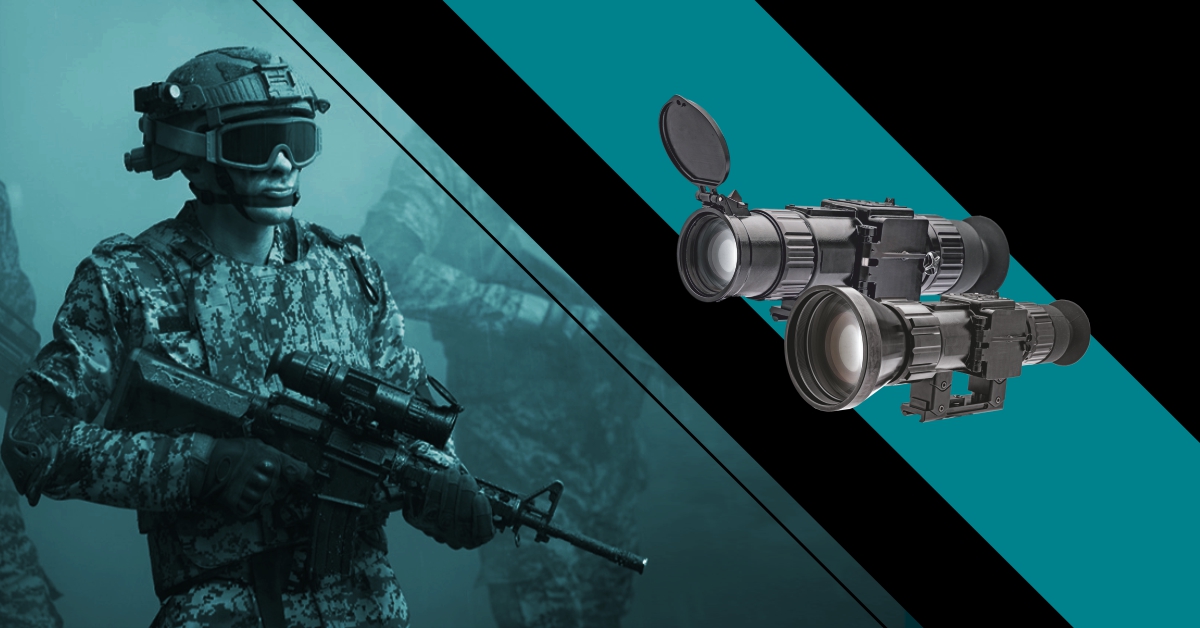Much of the operations by tactical teams of Military and Law Enforcement forces are carried out in low, altered or failing light. Night vision weapon sights provide the ability to establish the target, aim and shoot with pinpoint accuracy over longer distances at night. As well noticeable from the points below, there are various considerations that need to be kept in mind while choosing the best weapon sight, more often than not, it depends on specific requirements or the type of operations they might be deployed in.
Following is a list of parameters and guides to refer to while deciding or choosing a weapon sight to go with.
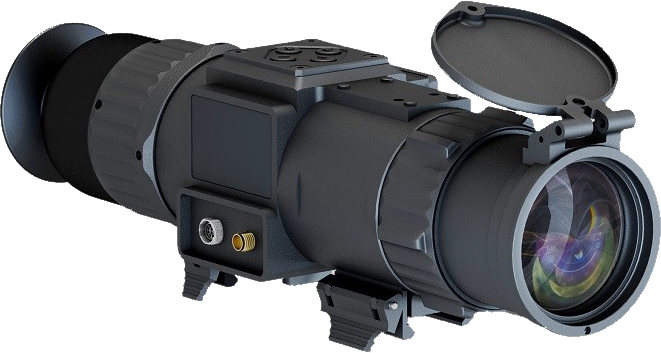
Whether it is an I2 weapon sight or a thermal sight, the quality of optics of the device plays a big role in the overall performance of night sight. Both types of weapon sights use fast optics in combination with electronics and sensors to improve the capability of the device.
In an I2 weapon sight, it is the combination of high quality, near infra-red sensitive, fast optics and latest generation I2 tubes that provide a higher resolution, clear vision and a wider field of view (FoV) to the operator which allows him to acquire, recognize and engage with objects and targets even in near pitch dark conditions.
In thermal weapon sights, the resolution of the device and the size and specifications of its optics would probably be important elements to judge the quality of the device.
In both cases, depending on the application and deployment requirements, the size and quality of optics would play a significant role in delivering the optimal magnification and field of view in the device
Magnification and Zoom:To most, it may seem like a good idea to choose maximum magnification while choosing an I2 weapon sight, but instead, usually less magnification is better. Higher magnification also generally results in a small field of view. Ideally, a weapon sight with 4x magnification is optimal and recommended for I2 weapon sight.
On the other end, since in thermal weapon sights, you don’t get to achieve target identification, it is the object/target and its shape that matters. While using and selecting zoom, it should be kept in mind that the field of view gets constricted in proportion to the amount you zoom in.
Image Intensifier tubes/Thermal Sensors
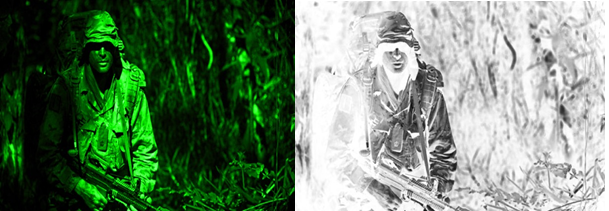
Radiations emitted by the target in comparison to those of the objects in its surrounding. Optics play a major part in sensing and transferring the available light or heat radiation to the sensors, the amplification in the case of I2 weapon sights and processing of the heat radiation in case of the thermal sights is done by the sensors which are at the core of the entire system of night sights.
Image Intensifier Tubes:
I2 tubes are responsible for the amplification of light amplification inside an I2 sight. Over the years I2 tubes have advanced manyfold from the earlier generation Gen 1 to Gen 2 types to the latest Gen 2+ and Gen 3 tubes. These tubes are manufactured by very few companies in the world and each of them labels them differently.
Gen 2+ and Gen 3 are the most advanced version of I2 tubes and are responsible for the clarity in low light conditions, measured as SNR (signal to noise ratio) and resolution (measured in lp/mm) of the modern I2 weapon sight.
Resolution:Resolution in an I2 weapon sight signifies how much detail the human eye is able to pick up in the image when seen through it. Higher resolution means more sharp & clear images in more low light conditions. The resolution is measured in line pairs per millimeter (lp/mm).
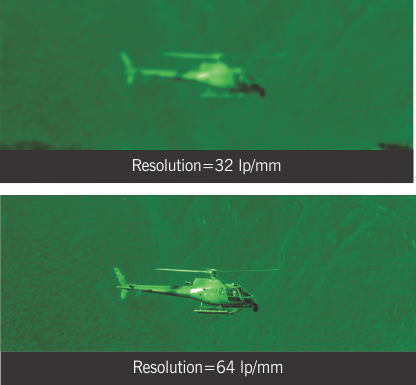
SNR determines the ability of the I2 tube to amplify low light signals during dark conditions without blemishes or noise. Higher SNR means objects can be seen with better contrast under low-light conditions.
The figure of Merit (FOM):
The overall performance of I2 tubes is reflected through the calculation of the FOM or the Figure of Merit. This is achieved by multiplying the resolution and SNR ratios. The higher the FOM, the better is the performance of the I2 Tube and device.
Thermal Sensors:
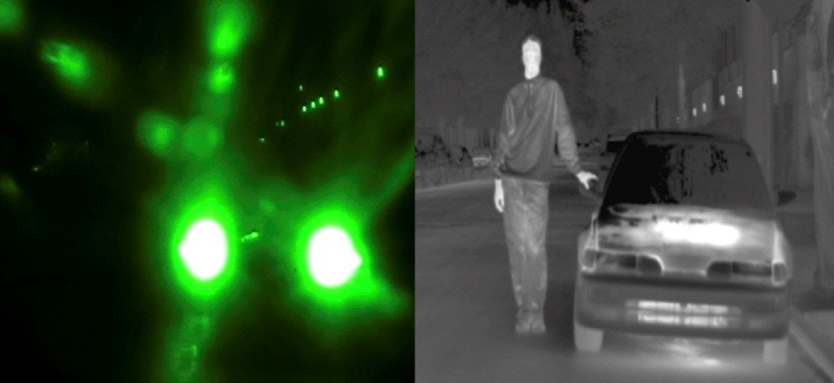
Thermal sensors on the other hand work oblivious to light conditions. In a brief and oversimplified description, the advanced optics of a thermal weapon sight detect the intensity of all the heat radiations emitted and transfer it to the thermal sensor inside the device in the form of a thermogram. The thermal sensor processes this thermogram and converts it to a raster image to view.
Resolution:The quality of thermal sights can be judged by the resolution delivered. Since thermal sights do not deliver detailed images, a megapixel resolution is neither expected or desired. A good resolution of 640 x 480 gives the operator enough information to distinctly figure out the object or target to get a good shot placement.
Refresh Rate:
Since the sensor continuously refreshes the view in terms of the variances in the heat signatures supplied to it, the quality of the thermal sight is determined to quite an extent by its refresh rate. A higher rate would deliver a smoother continuous view. It is recommended to choose a frame rate of above 30 Hz in thermal weapon sights.
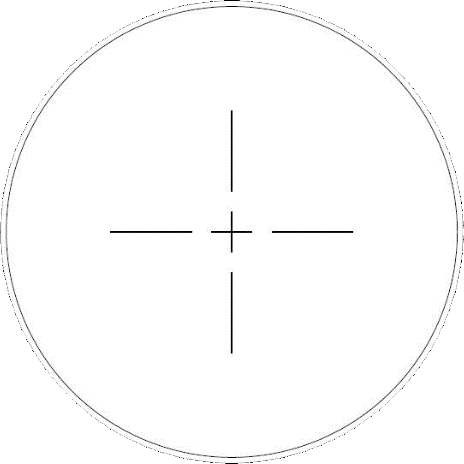
Generally, the cross-hair ballistic reticles (as per the caliber of the weapon sights they are mounted on) are the preferred reticle type for sniper and tactical operations but depending on the requirement, other types of reticles are also used on weapon sights. In general, the desired reticle type can be specified while ordering an I2 weapon sight. A good thermal weapon sight usually comes with multiple, user-selectable reticle types.
The reticles, on either an I2 sight or a thermal sight, should have easy adjustment controls for bore sighting on a weapon for aiming and accuracy.
Range of Weapon Sight:

Weapon sights for tactical use, whether I2 or thermal are mounted on assault rifles, carbines, snipers, and LMGs with the primary aim to establish, acquire, aim and shoot at an object or a target during low visibility or special mission types. They should generally be chosen to complement the effective range of the weapon they are going to be used on. Merely choosing weapon sights with the longest range as a perspective might result in a much larger, heavier and costlier non-optimal choice.
Shock-absorption and Ruggedness:I2 and thermal weapon sights are sophisticated and expensive pieces of equipment. It is imperative that they be rugged and durable to take on whatever the environment throws at them. Either type of weapon sight, deployed for military or law enforcement operations should conform to MIL standards for ruggedness. The weapon sights should able to withstand shocks and vibrations of the weapon and keep the lens assembly and electronics safe and intact so that they do not lose their calibration for aiming and accuracy due to such shocks.
Easy to use and ergonomic controls
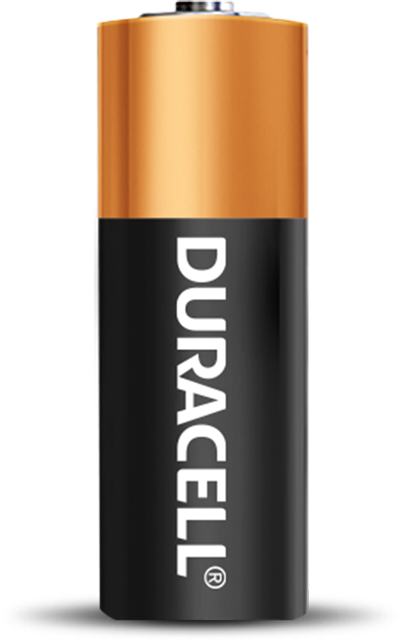
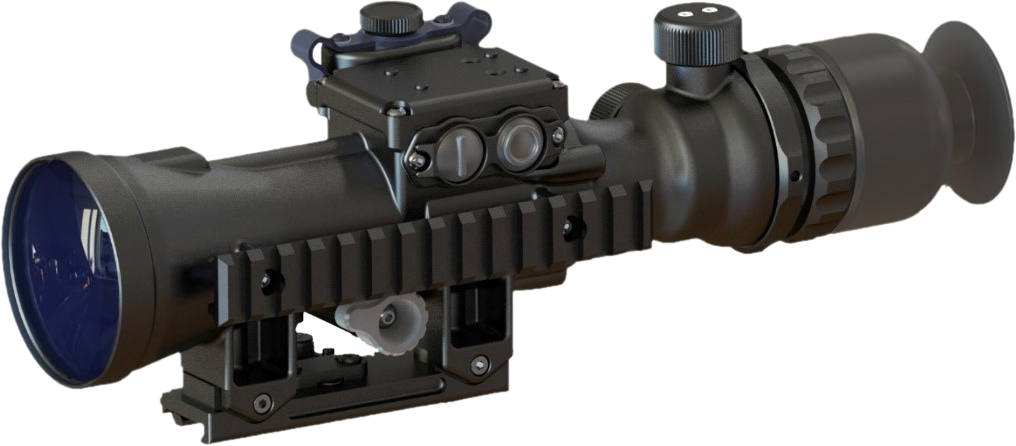
Weapon sights, whether I2 or thermal should have easy-to-use, exposed controls while calibrating or adjusting for scale, magnification, elevation and windage.
Compatibility with mounting systems
Amongst the prevalent mounting systems on weapons like the dovetail rail, weaver rail, Picatinny rail and the NATO accessory rail, Picatinny rails have more or less become the go-to standard on modern weapon systems. Weapon sights should ideally be compatible with the mounting system on the weapon they are going to be used. For legacy issues, there are adapters available to allow compatibility of weapon sights with a particular mounting system to other types of mounting systems. Normally weapon sights compatible with weaver rail devices will fit on Picatinny rails, but Picatinny compatible devices may not always fit on weaver rail devices.
The battery life of a weapon sight is an important criterion to be delved into and should not be overlooked. While I2 weapon sights are frugal on their power requirements and come with good power backups, thermal weapon sights tend to consume more power, generally, a backup of five hours should be the minimum requirement while selecting a thermal weapon sight.
Another important aspect while choosing a weapon sight is the type of battery it uses. It is recommended to opt for devices that use commercially available batteries against that those that use proprietary batteries as it reduces the dependency to go back to the manufacturer every time and is less likely to result in sudden discharge conditions near or during operational requirements.
Important features to look for in an I2 weapon sight
Infra-Red (IR) Illuminator:
An IR illuminator in an I2 weapon sight acts like an IR flashlight that comes in handy in environments with little or no ambient light. Infrared rays are almost impossible to detect without IR-sensitive optics of an I2 weapon sight. An IR illuminator when activated, helps the I2 weapon sight to pick up the emitted infrared light as a light source in very low light or pitch-dark conditions to deliver a bright image to the operator. While it is recommended to have an IR illuminator on your device, you can’t rely on it all the time, especially in tactical situations where the opponents might also have night vision devices, in such two-way scenarios, it could also give away your position of vantage.
Autogating:Autogating is a desirable feature in I2 weapon sights, as mentioned above sudden or unstable surges of bright light can hamper the visibility of an I2 weapon sight. The Autogating feature in weapon sights helps it quickly adjust the blinding effect of such exposures to produce a stable image for the operator.
Too much bright light can damage the sensitive sensors inside I2 weapon sights. The bright light cut-off is a desirable safety feature in I2 weapon sights to protect the sensor inside it to get permanently damaged. It automatically switches off the device in circumstances in which the device is exposed to excessive light.
Thank you for reading this guide. We hope it helped you understand more about what to keep in mind while choosing the right weapon sight for your requirement. Please feel free to reach out to us if you might have any other queries which we might have missed out on here or if you require any more information regarding weapon sights.


 LOGIN
LOGIN


